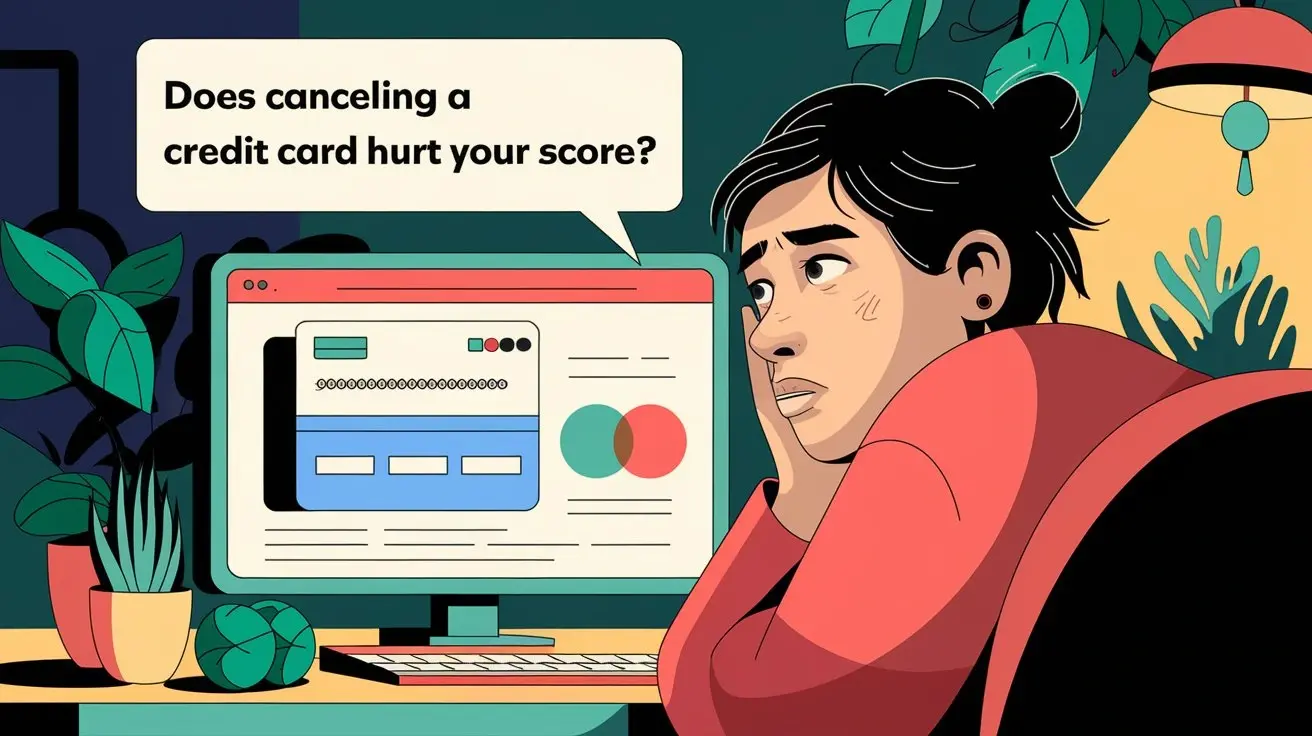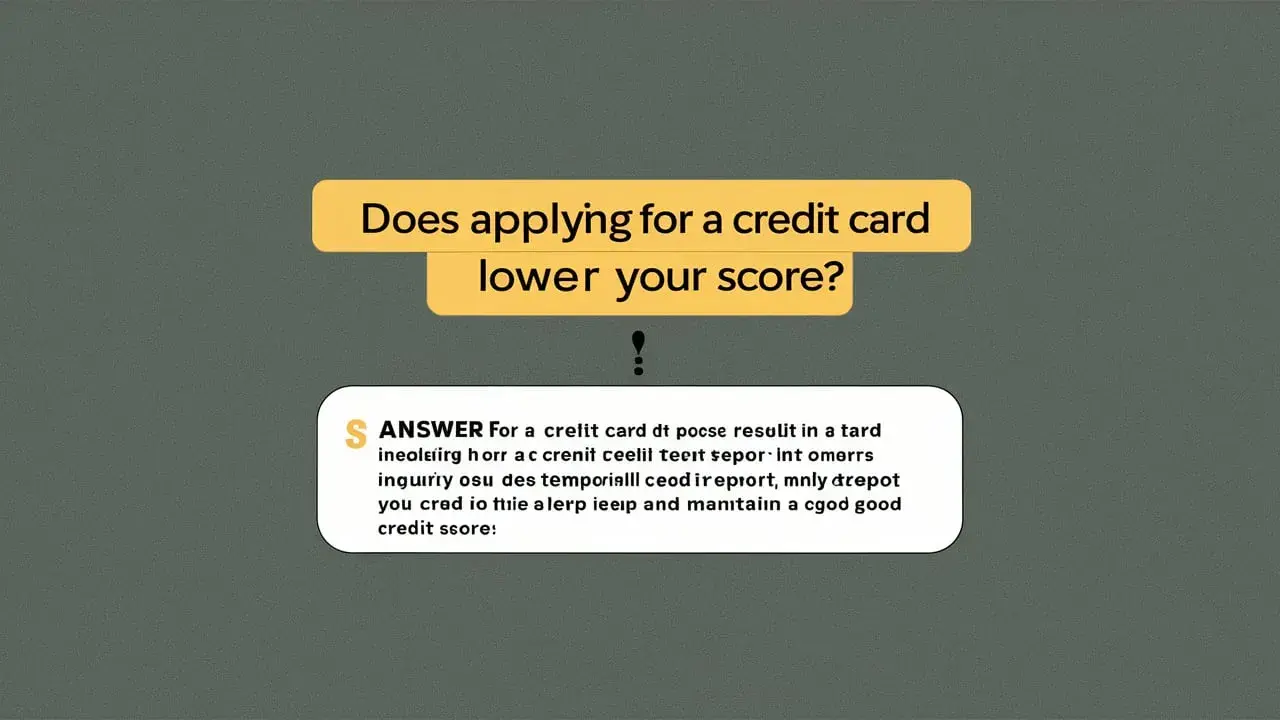-
Posted on: 26 Jul 2024
-
Credit card debt is a significant financial burden for many Americans. While most people carry some balance, a smaller percentage face crippling levels of debt. Understanding the prevalence of high credit card debt, such as $50,000 or more, is crucial for gauging the scale of the problem and identifying effective solutions. This article delves into the statistics surrounding high credit card debt, exploring the factors contributing to it and potential pathways to financial recovery.
The Reality of $50,000 Credit Card Debt
Pinpointing the exact number of individuals carrying $50,000 or more in credit card debt is challenging. Data is typically aggregated into broader categories, and individual credit card balances fluctuate. However, estimates and insights can be gleaned from various sources, including:
- Credit reporting agencies: Experian, Equifax, and TransUnion collect and analyze credit data.
- Federal Reserve: The Federal Reserve tracks consumer debt trends.
- Financial institutions: Banks and credit card issuers have internal data on their customers' debt levels.
- Debt relief companies: These companies often have insights into the debt profiles of individuals seeking their services.
While a precise figure remains elusive, indications suggest that a significant minority of credit card holders carry balances exceeding $50,000. This is often associated with specific circumstances and contributing factors.
Factors Contributing to High Credit Card Debt
Several factors can lead individuals to accumulate substantial credit card debt:
1. Job Loss or Reduced Income
Unexpected job loss or a significant reduction in income can force individuals to rely on credit cards to cover essential expenses such as housing, food, and utilities. When income is insufficient, credit card debt can quickly spiral out of control.
2. Medical Expenses
Unforeseen medical bills, especially in the absence of adequate health insurance, can be a major driver of credit card debt. High deductibles, copays, and uncovered procedures can quickly deplete savings and force individuals to use credit cards.
3. Overspending and Lifestyle Creep
Overspending on non-essential items and lifestyle creep (gradually increasing spending as income rises) can contribute to accumulating credit card debt. Failing to track spending habits and budget effectively can lead to impulse purchases and unnecessary debt.
4. Unexpected Emergencies
Unforeseen emergencies, such as car repairs, home repairs, or family emergencies, can strain financial resources and necessitate the use of credit cards. Without an emergency fund, individuals may have no other option but to rely on credit to cover these unexpected costs.
5. High Interest Rates
High interest rates on credit cards can significantly increase the total amount owed over time. Even if only making minimum payments, a large portion of each payment goes towards interest, making it difficult to reduce the principal balance. This is especially true when carrying a balance of $50,000 or more.
6. Lack of Financial Literacy
A lack of financial literacy can lead to poor financial decision-making, including the misuse of credit cards. Without a solid understanding of budgeting, debt management, and credit scores, individuals may be more likely to accumulate high levels of debt.
7. Divorce or Separation
Divorce or separation can create significant financial strain, leading to increased reliance on credit cards. Dividing assets and debts, along with the expenses of maintaining separate households, can quickly deplete financial resources.
The Impact of High Credit Card Debt
Carrying $50,000 or more in credit card debt can have severe consequences:
1. Financial Stress and Anxiety
The constant pressure of high debt can lead to significant stress, anxiety, and even depression. The inability to meet financial obligations can negatively impact mental and emotional well-being.
2. Damaged Credit Score
High credit card balances negatively impact credit scores, making it difficult to obtain loans, rent an apartment, or even secure employment. A poor credit score can limit financial opportunities and increase the cost of borrowing.
3. Difficulty Saving for the Future
Paying down high credit card debt can make it difficult to save for the future, including retirement, education, or other long-term goals. The interest payments on debt can consume a significant portion of income that could otherwise be used for saving and investing.
4. Garnishment of Wages
If credit card debt remains unpaid, creditors can take legal action to garnish wages, seize assets, or place liens on property. This can further exacerbate financial difficulties and make it even harder to repay the debt.
5. Difficulty Obtaining Credit
A high credit card balance and a poor credit score can make it challenging to obtain new credit cards, loans, or mortgages. This can limit financial flexibility and prevent individuals from pursuing important financial goals.
Strategies for Managing and Reducing High Credit Card Debt
While tackling $50,000 or more in credit card debt can seem daunting, several strategies can help individuals regain control of their finances:
1. Budgeting and Expense Tracking
Creating a budget and tracking expenses is essential for understanding where money is being spent and identifying areas where cuts can be made. This allows individuals to allocate more funds towards debt repayment.
2. Debt Consolidation
Debt consolidation involves taking out a new loan to pay off existing credit card debt. This can simplify repayment and potentially lower the interest rate, making it easier to reduce the principal balance. Options include personal loans, balance transfer credit cards, and home equity loans.
3. Balance Transfer Credit Cards
Balance transfer credit cards offer a promotional period with a 0% interest rate on transferred balances. This can provide a temporary reprieve from high interest charges, allowing individuals to focus on paying down the principal balance. Be aware of balance transfer fees and the interest rate that will apply after the promotional period ends.
4. Debt Management Plans (DMPs)
Debt management plans are offered by credit counseling agencies. These plans involve working with a counselor to create a budget and negotiate lower interest rates with creditors. The counselor then manages monthly payments to creditors on behalf of the individual.
5. Debt Settlement
Debt settlement involves negotiating with creditors to settle the debt for less than the full amount owed. This can be a risky strategy, as it can negatively impact credit scores and may involve paying fees to debt settlement companies. It's essential to carefully research and understand the terms of any debt settlement agreement.
6. Bankruptcy
Bankruptcy is a legal process that can provide relief from overwhelming debt. Chapter 7 bankruptcy involves liquidating assets to pay off debts, while Chapter 13 bankruptcy involves creating a repayment plan over a period of three to five years. Bankruptcy can have a significant impact on credit scores and should be considered a last resort.
7. Seeking Professional Help
Consulting with a financial advisor or credit counselor can provide personalized guidance and support in developing a debt management strategy. These professionals can help individuals assess their financial situation, create a budget, and explore debt relief options.
Preventing Future Credit Card Debt
In addition to managing existing debt, it's crucial to take steps to prevent future debt accumulation:
- Build an Emergency Fund: An emergency fund can help cover unexpected expenses without relying on credit cards. Aim to save at least three to six months' worth of living expenses.
- Avoid Overspending: Track spending habits and create a budget to avoid overspending on non-essential items.
- Pay Off Credit Card Balances in Full Each Month: Paying off balances in full each month avoids interest charges and helps maintain a good credit score.
- Limit the Number of Credit Cards: Having too many credit cards can make it tempting to overspend. Consider closing unnecessary accounts.
- Improve Financial Literacy: Educate yourself about personal finance topics, such as budgeting, debt management, and investing.
The Broader Economic Context
The prevalence of high credit card debt is also influenced by broader economic factors, such as:
- Inflation: Rising prices can strain household budgets and lead to increased reliance on credit cards.
- Unemployment Rates: High unemployment rates can reduce income and force individuals to use credit cards to cover essential expenses.
- Interest Rates: Rising interest rates can increase the cost of borrowing and make it more difficult to repay credit card debt.
- Wage Stagnation: When wages fail to keep pace with inflation, individuals may struggle to meet their financial obligations.











